Euroluce 2023: Hélène Binet’s show at the fair casts new light on iconic architecture and more
For a new exhibition at Euroluce 2023 (18-23 April), Hélène Binet revisits some of her most iconic architectural shots, and experiments with nature in a new photographic series
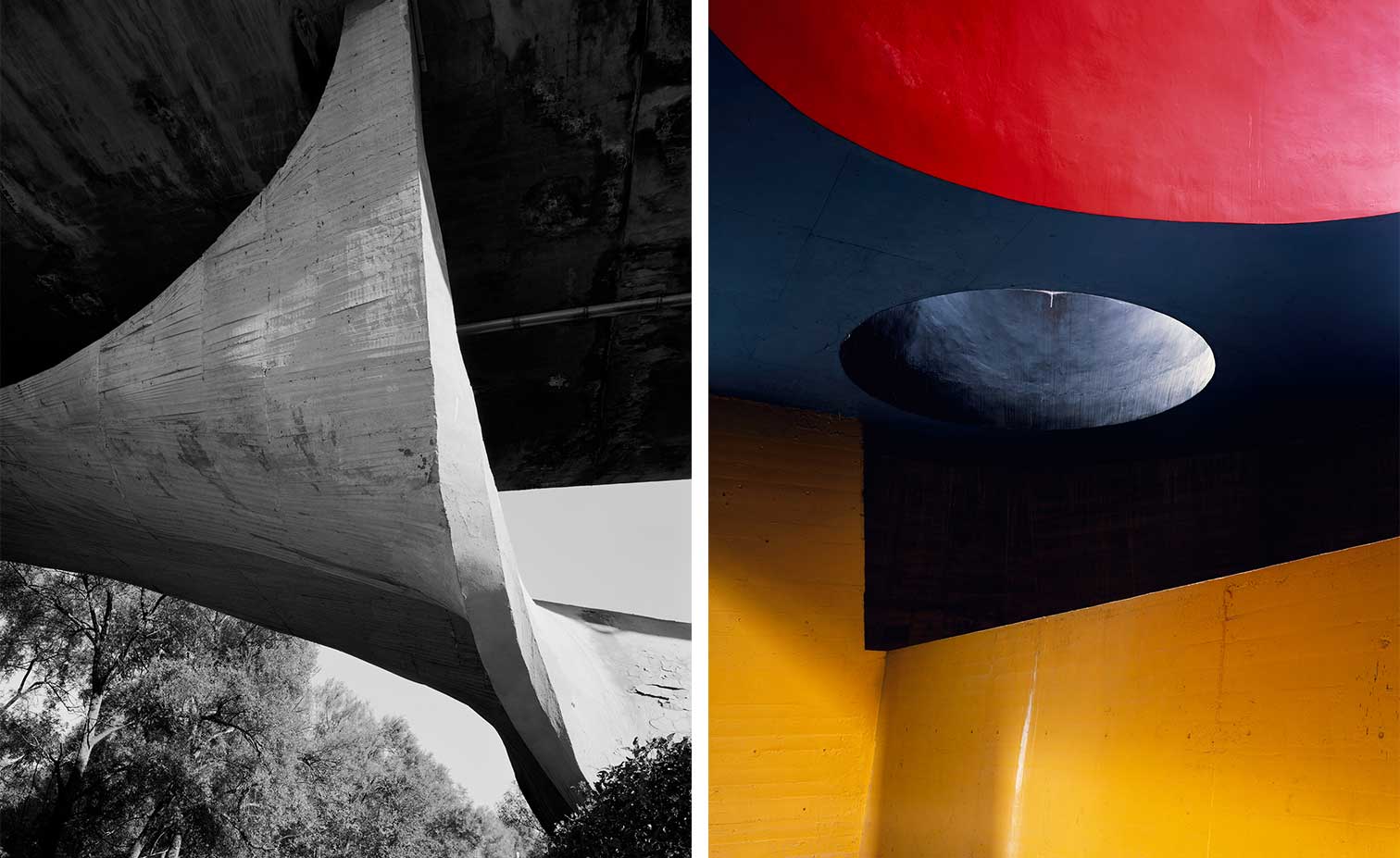
Hélène Binet is best known as a photographer of architecture, but she could also be described as a philosopher of light. A new exhibition at Euroluce during Salone del Mobile 2023 (18-23 April) celebrates the return of the world’s largest fair dedicated to the design of natural and artificial light. It is the chance to see photographs from Binet’s remarkable career, as well as a series of new images that mark a turn towards a freer and more playful way of working with light.
Since the 1980s, Binet has captured some of the most iconic images of architecture. Imposing strict limits on her approach by working in black and white, and only using analogue techniques, her images heightened the drama and power of buildings that defined the late 20th century. Her career developed in parallel to that of clients and collaborators such as Zaha Hadid, Peter Zumthor and Daniel Libeskind. Over time, she has formed relationships of mutual respect with the many leading architects who have turned to her to interpret their work.
‘Hélène Binet: Nature, Time and Architecture' at Euroluce 2023
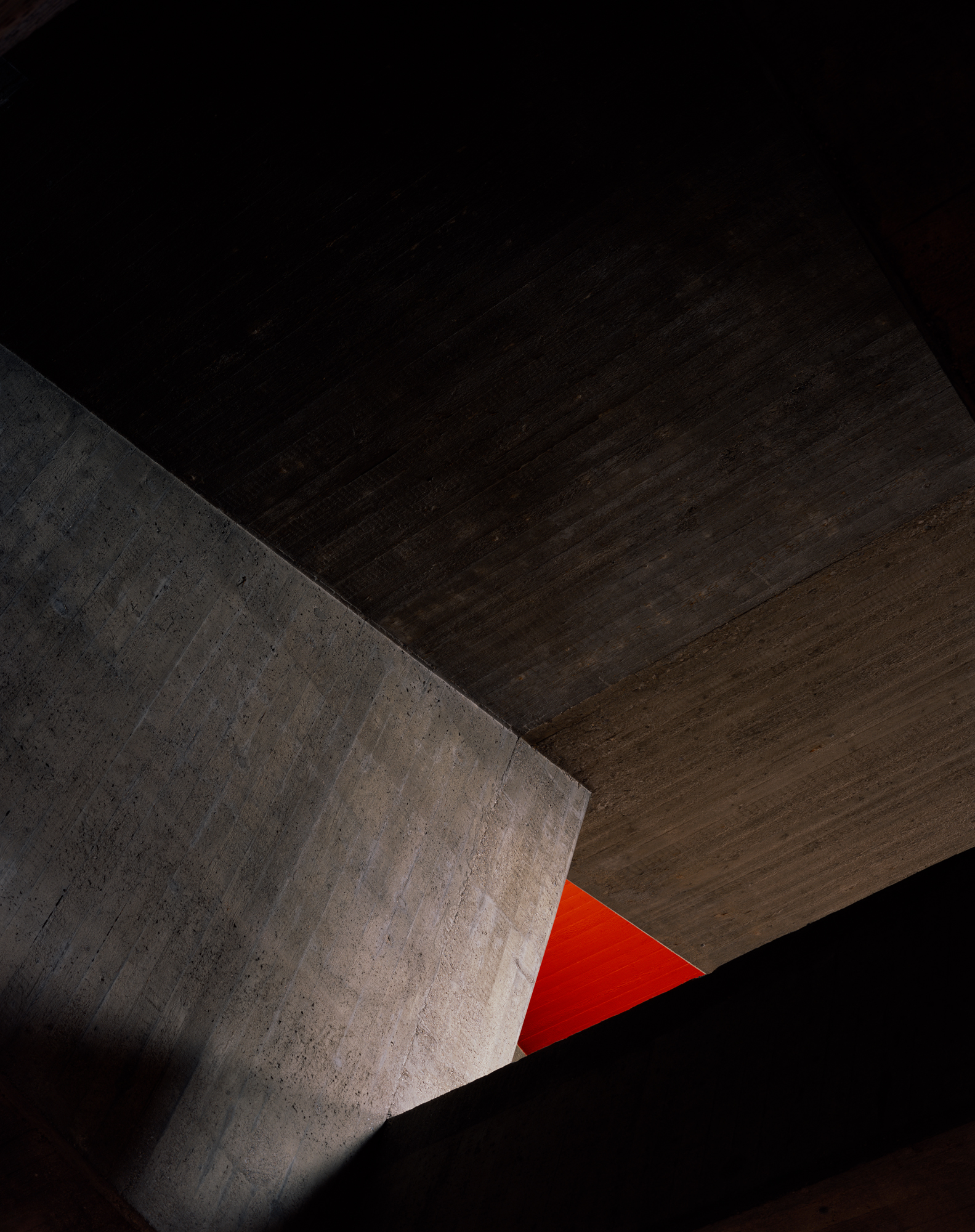
Echoes and Reveries, to Gottfried Böhm’s Centenary (2020)
‘Hélène Binet: Nature, Time and Architecture’ is curated and designed by architect Massimo Curzi and will be shown as part of the cultural programme of Euroluce, the multidisciplinary lighting fair that runs alongside Salone del Mobile. It promises to be visually stunning: from the outside, a purpose-built gallery will appear as a pristine box covered with brushed aluminium, while inside, Binet’s dramatic photographs, many of them hand-printed, will be hung on a soft background of midnight blue felt, creating a muffled acoustic environment. As visitors walk into the space, the first work to appear will be a large new print featuring a building by Peter Zumthor. ‘It will be like a beam of light as you enter,’ explains Binet.
Salone del Mobile president Maria Porro describes the exhibition as a perfect expression of the aim of Euroluce, ‘to be a place for dialogue between technology and poetry, architecture and design, and light and art’. The show will provide ‘a moment of suspended time’, an opportunity for pause and reflection within the busy fair.
Hélène Binet's life in photography and architecture

Peter Zumthor, Therme Vals, Switzerland (2006)
Returning to Italy and showing her work here for the first time is an emotional moment for Binet, who has lived in London for more than 30 years: ‘I grew up in Rome, but Milan is where I became an adult,’ she says, reflecting on a period of 18 months when she worked as a photographer’s assistant in the mid 1980s. In 1986, the impact of seeing an early installation by Libeskind, The House Without Walls, at the Milan Triennale, set her mind racing with the possibilities of architecture as a subject for photography.

The Walls of Suzhou Garden, China (2018)
Later that year, Binet moved to London to be with her partner, the architect Raoul Bunschoten, who was teaching at the Architectural Association (AA). Under the inspirational directorship of Alvin Boyarsky, the AA was the most exciting school of architecture in the world, with graduates and visiting lecturers including Hadid, Libeskind and John Hejduk. Spotting Binet’s potential, Boyarsky dispatched her to international locations to photograph buildings for the books he planned to publish. The photographs she took during this period set in motion her exploration of architecture and light. But whether Binet has been photographing one or the other is not always clear, a dilemma famously expressed by Louis Kahn: ‘Architecture appears for the first time when the sunlight hits a wall. The sunlight did not know what it was before it hit a wall.’

Peter Zumthor, Kolumba Diocesan Museum, Germany (2007)
One of Binet’s first trips was to Athens to photograph the pathway designed by Dimitris Pikionis at the Acropolis in the 1950s. Producing a series of characteristic black-and-white square format images, Binet captured reflections of light, patterns and textures on the recycled stones that implied the traffic of people through the ages. Three of these works were shown as very large prints (1.2m x 1.2m) at Binet’s recent exhibition at the Royal Academy of Arts in London, and are echoed in a more recent series taken at Lunuganga, the country house of architect Geoffrey Bawa in Sri Lanka. Exhibited at Euroluce for the first time, the prints depict routes around Lunuganga, with steps and pathways alluding to the presence of Bawa, who died in 2003, having refined the design for 50 years.
Wallpaper* Newsletter
Receive our daily digest of inspiration, escapism and design stories from around the world direct to your inbox.
Binet rarely includes people in her photographs, but their spiritual and poetic presence is always strong. This effect perhaps comes from the depiction of light, which she says is a constant reminder of humanity’s need to navigate the world in both a philosophical and practical sense. In her depictions of the Jantar Mantar observatory in Jaipur, India, from 2002, light and shadow are used as instruments for spiritual guidance.
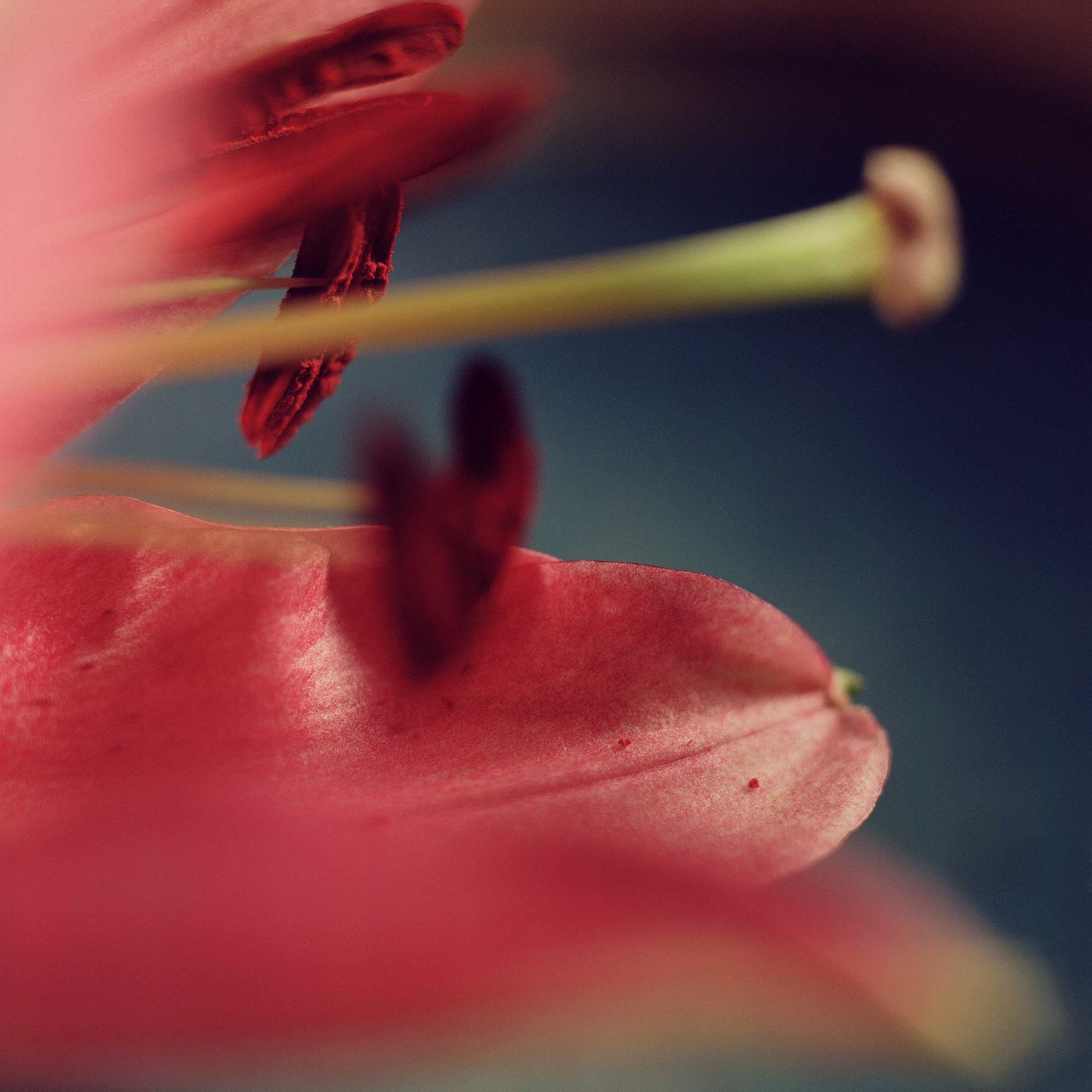
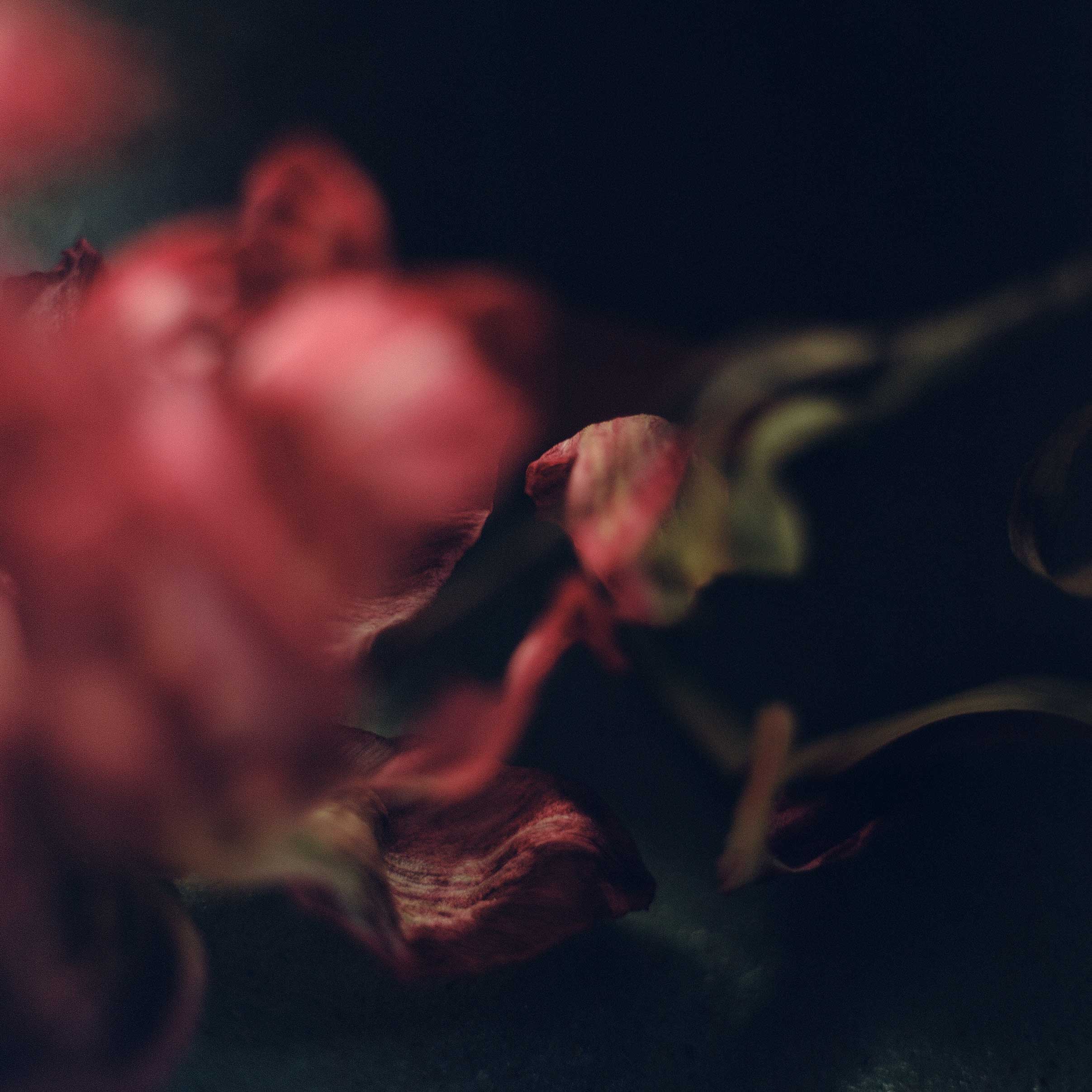
A new set of images, shown in Milan for the first time, following the passing of time through the life and death of a flower
Light, Binet observes, has the capacity to tell us where we are in the world and in life. Her photographs of Le Corbusier’s Couvent Sainte-Marie de La Tourette have a dramatic rhythm, measuring time as if it were a musical score through the movement of shadows across a stone floor. Whereas in more recent images shot in Korea, the light is gentle, reflecting Binet’s view of nature there as a ‘motherly presence’, protecting buildings.
‘In my career, I’ve had a lot of discipline, but now I’m interested in following my instincts,’ says Binet. A new set of four images, being shown in Milan for the first time, follow the passing of time through the life and death of a flower. Using a macro lens, and natural light filtered through frosted glass, the images were taken in the space of one hour. Whether they are a complete break from her past work is not yet clear. ‘Hadid’s and Sergio Musmeci’s structures are seen as artificial, but they mimic the action of nature. So I think the distinction between architecture and nature is ultimately artificial,’ says Binet. Her new work is about fragility, movement and energy, but these are also increasingly the themes of architecture and design.
‘Hélène Binet: Nature, Time and Architecture’ will be on show from 18-23 April at Euroluce, Hall 11
helenebinet.com
salonemilano.it
A version of this story appears in the May 2023 issue of Wallpaper*, available now in print, on the Wallpaper* app on Apple iOS, and to subscribers of Apple News +. Subscribe to Wallpaper* today

The Walls of Suzhou Gardens, China (2018)
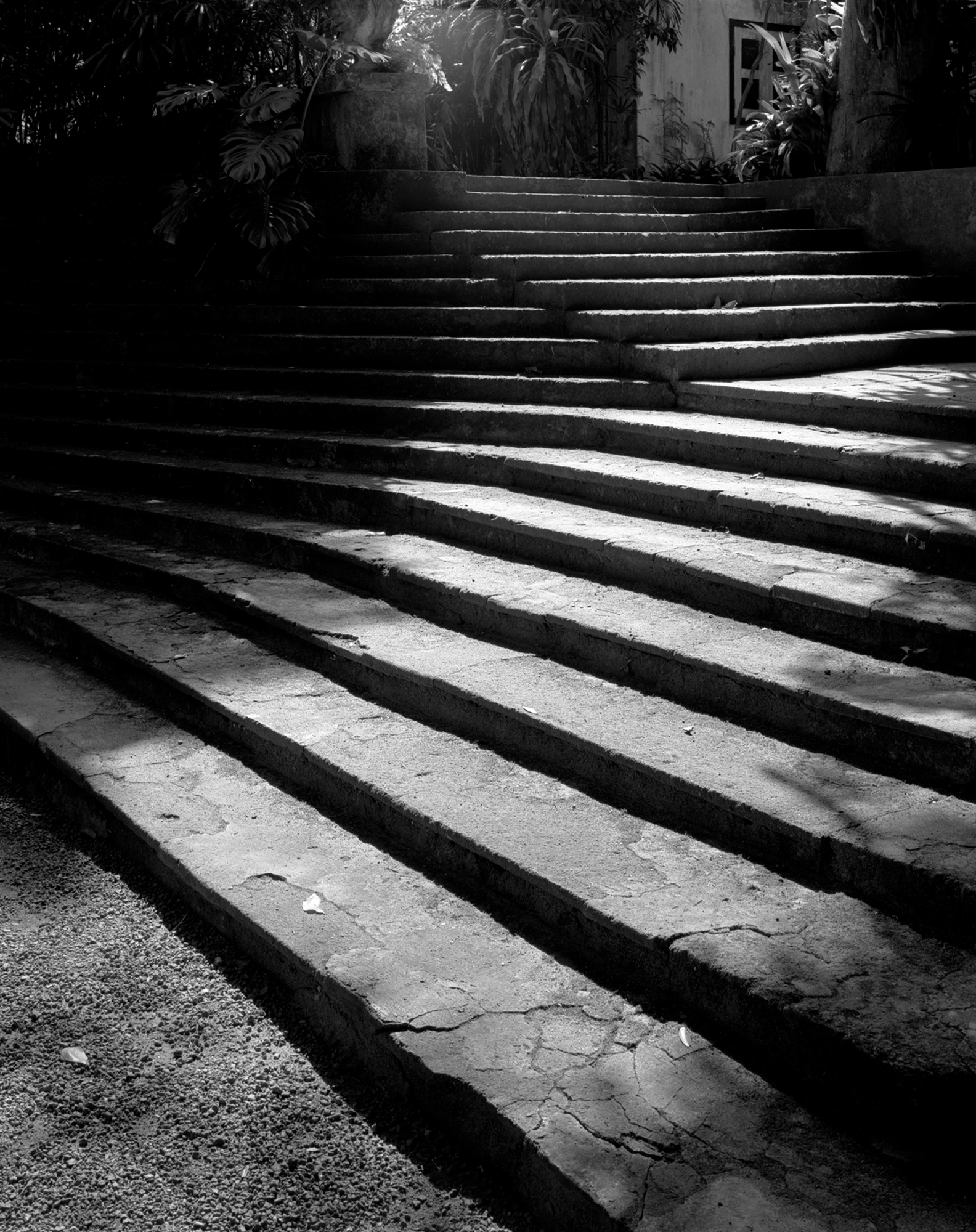
Lunuganga Estate, Bentota, Sri Lanka, 1998

Le Corbusier’s Couvent Sainte Marie de La Tourette, France, part of The Secret of the Shadow (2002)
Vicky Richardson is an architecture curator and writer, and former Head of Architecture at the Royal Academy of Arts. She curated the exhibition Light Lines: The Architectural Photographs of Hélène Binet at the RA in 2021.
-
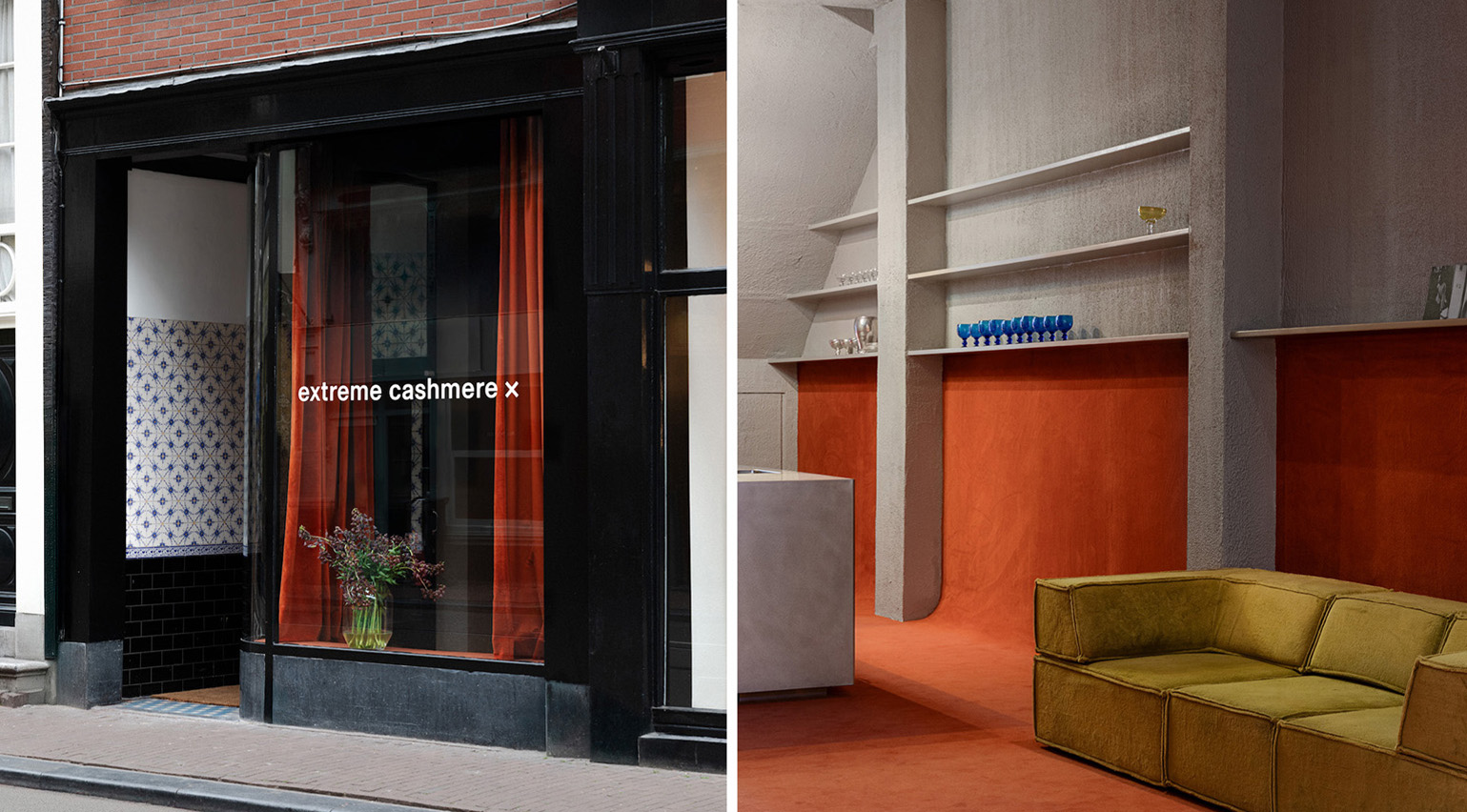 Extreme Cashmere reimagines retail with its new Amsterdam store: ‘You want to take your shoes off and stay’
Extreme Cashmere reimagines retail with its new Amsterdam store: ‘You want to take your shoes off and stay’Wallpaper* takes a tour of Extreme Cashmere’s new Amsterdam store, a space which reflects the label’s famed hospitality and unconventional approach to knitwear
By Jack Moss
-
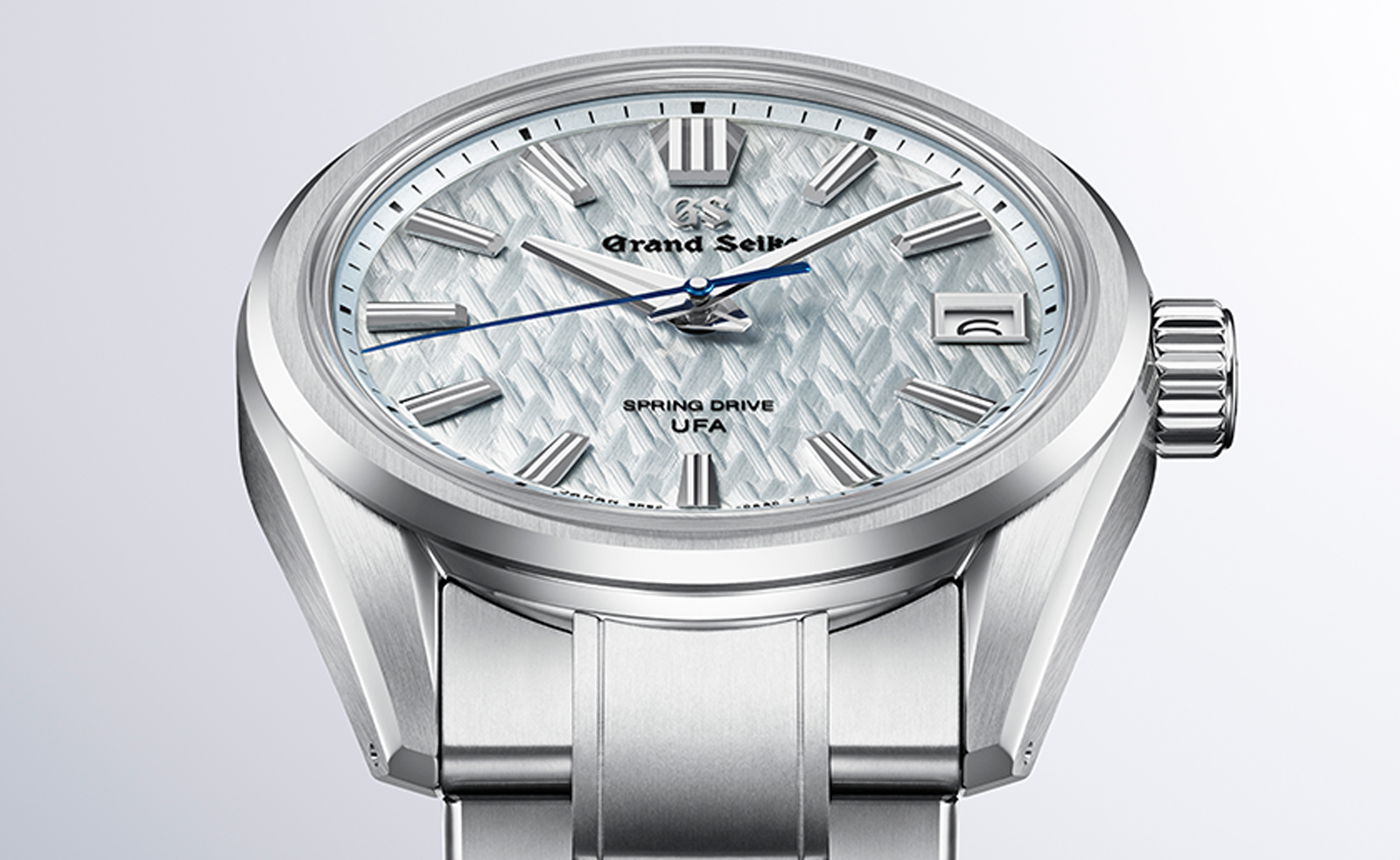 Titanium watches are strong, light and enduring: here are some of the best
Titanium watches are strong, light and enduring: here are some of the bestBrands including Bremont, Christopher Ward and Grand Seiko are exploring the possibilities of titanium watches
By Chris Hall
-
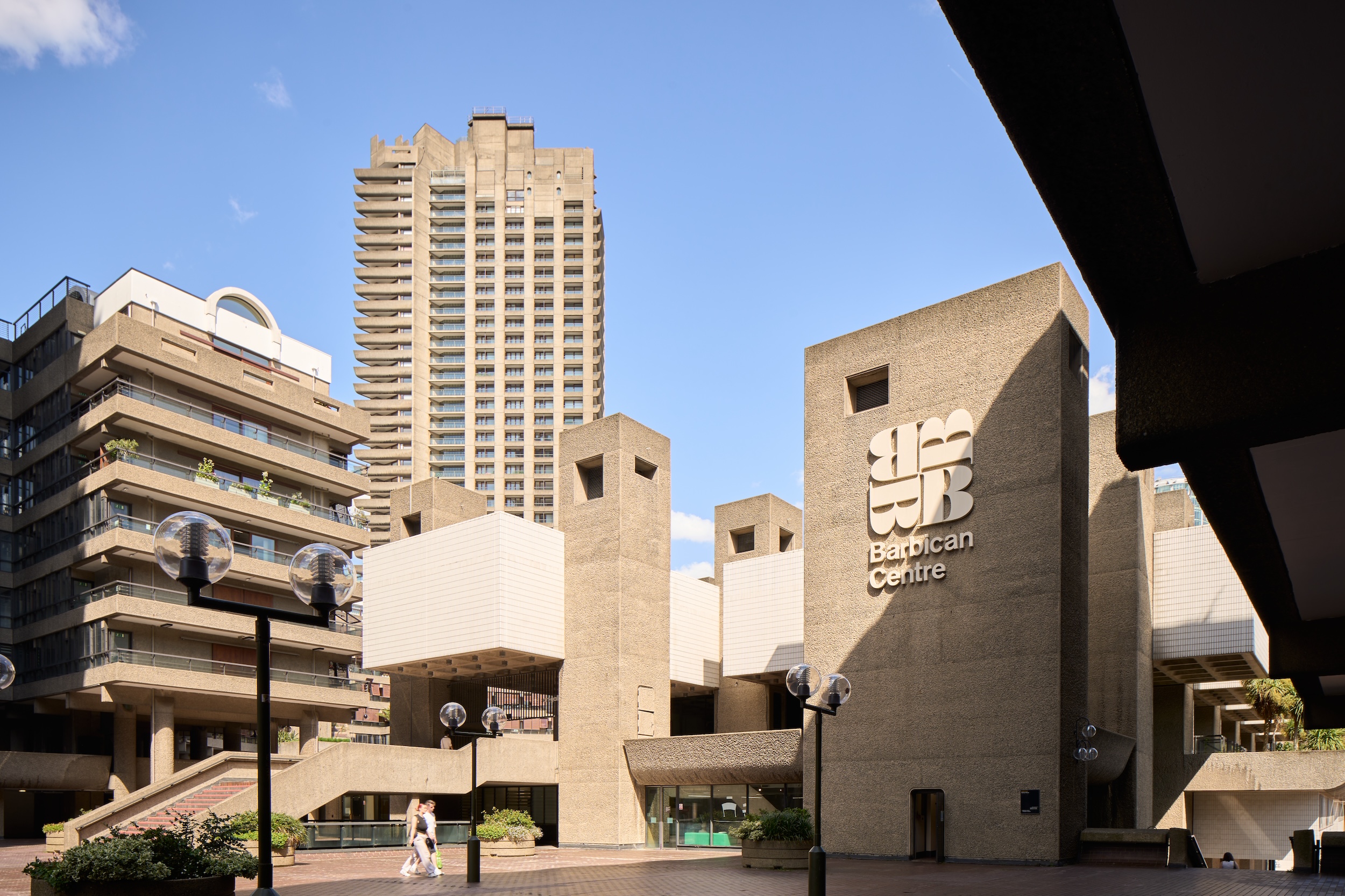 Warp Records announces its first event in over a decade at the Barbican
Warp Records announces its first event in over a decade at the Barbican‘A Warp Happening,' landing 14 June, is guaranteed to be an epic day out
By Tianna Williams
-
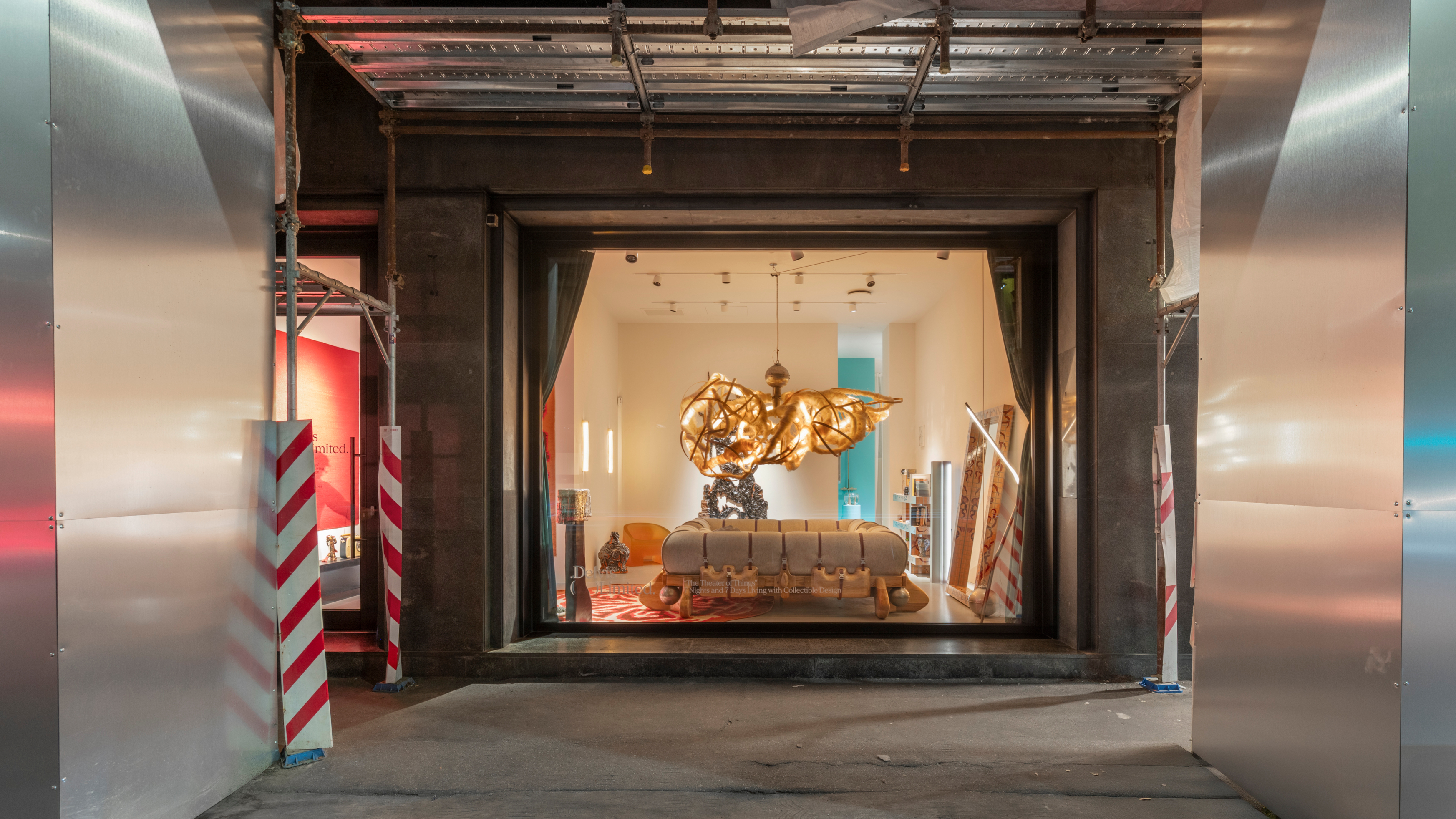 Delvis (Un)Limited turns a Brera shopfront into a live-in design installation
Delvis (Un)Limited turns a Brera shopfront into a live-in design installationWhat happens when collectible design becomes part of a live performance? The Theatre of Things, curated by Joseph Grima and Valentina Ciuffi, invited designers to live with their work – and let the public look in
By Ali Morris
-
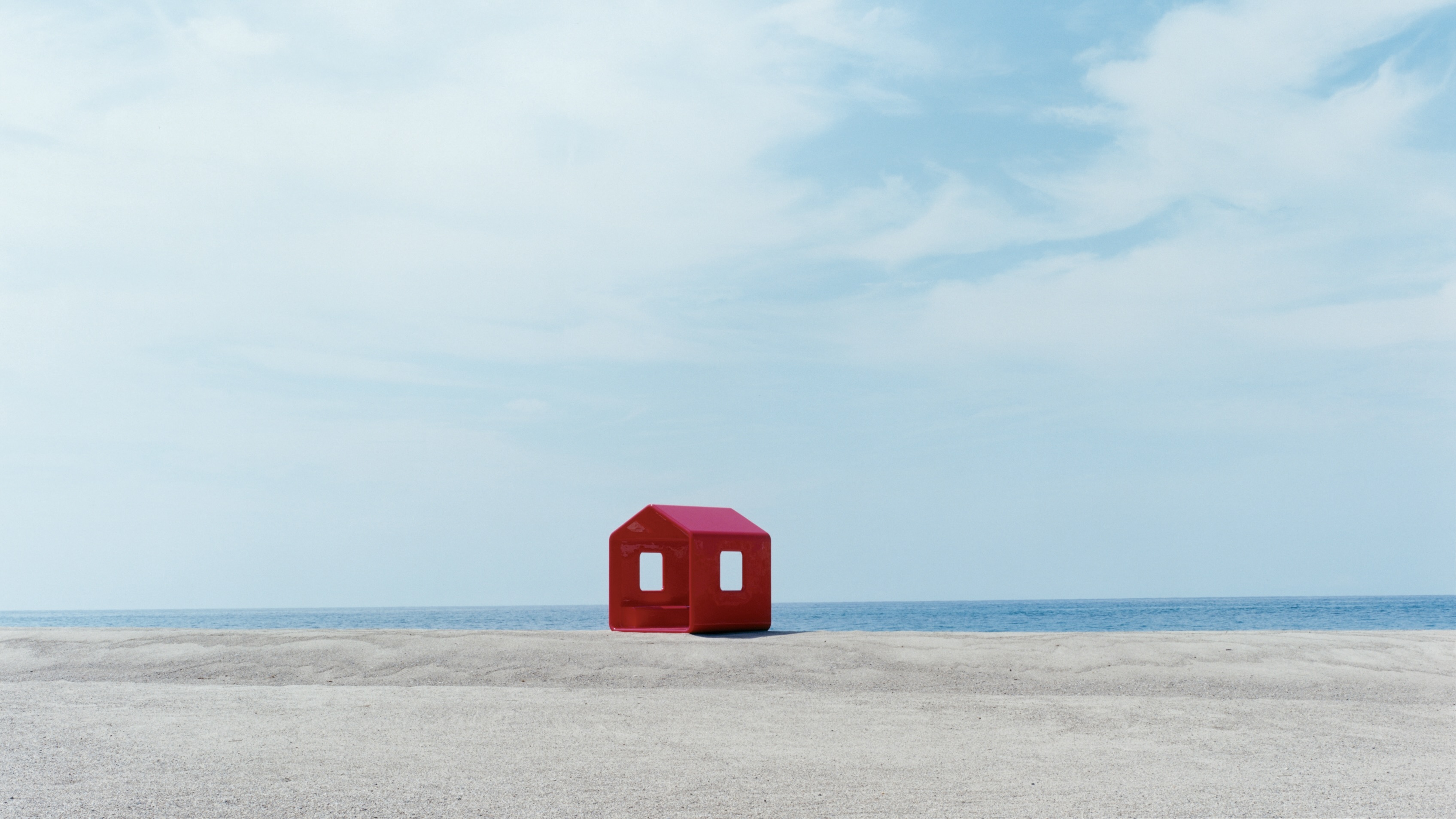 Naoto Fukasawa sparks children’s imaginations with play sculptures
Naoto Fukasawa sparks children’s imaginations with play sculpturesThe Japanese designer creates an intuitive series of bold play sculptures, designed to spark children’s desire to play without thinking
By Danielle Demetriou
-
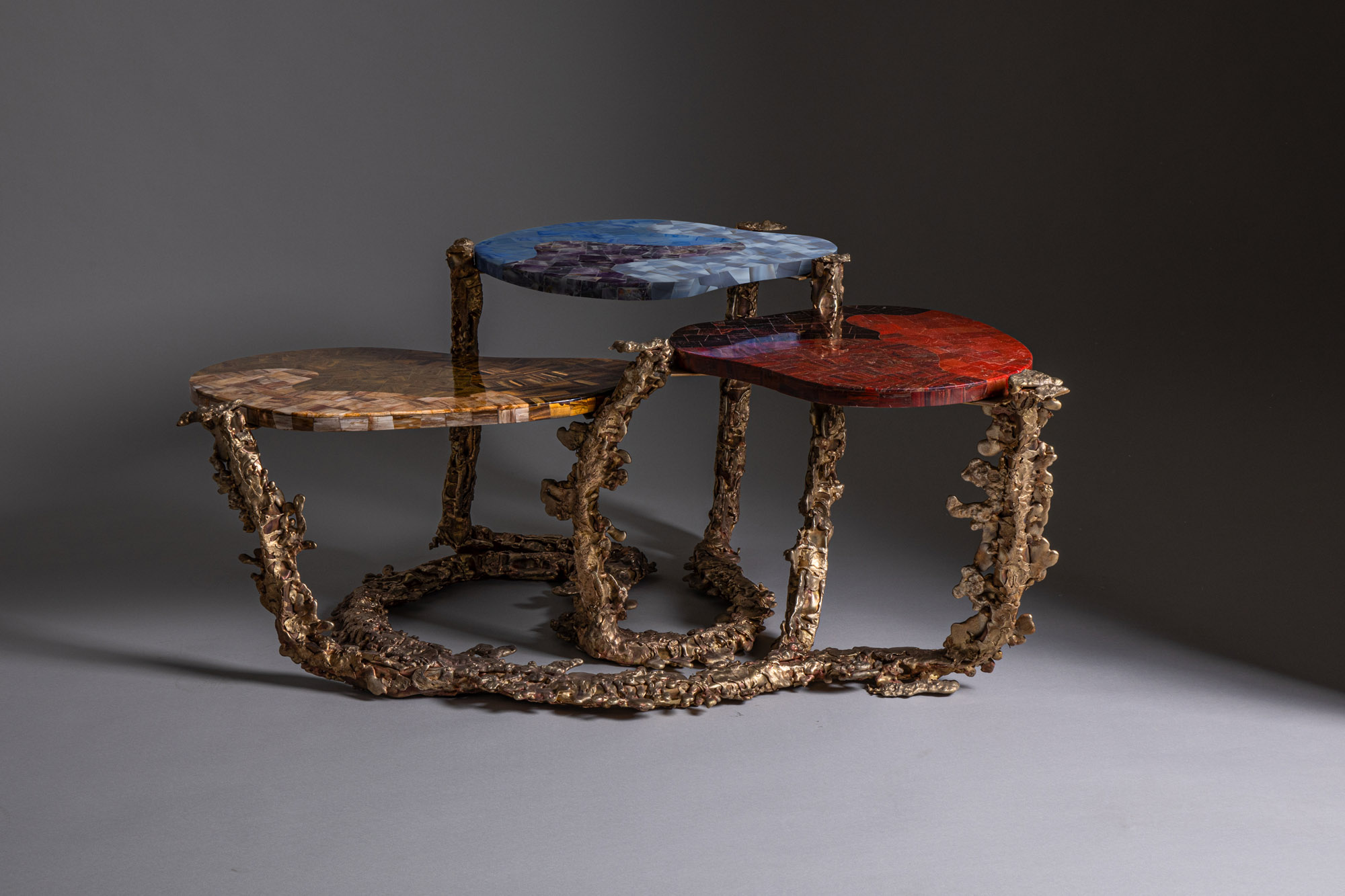 Inside the Shakti Design Residency, taking Indian craftsmanship to Alcova 2025
Inside the Shakti Design Residency, taking Indian craftsmanship to Alcova 2025The new initiative pairs emerging talents with some of India’s most prestigious ateliers, resulting in intricately crafted designs, as seen at Alcova 2025 in Milan
By Henrietta Thompson
-
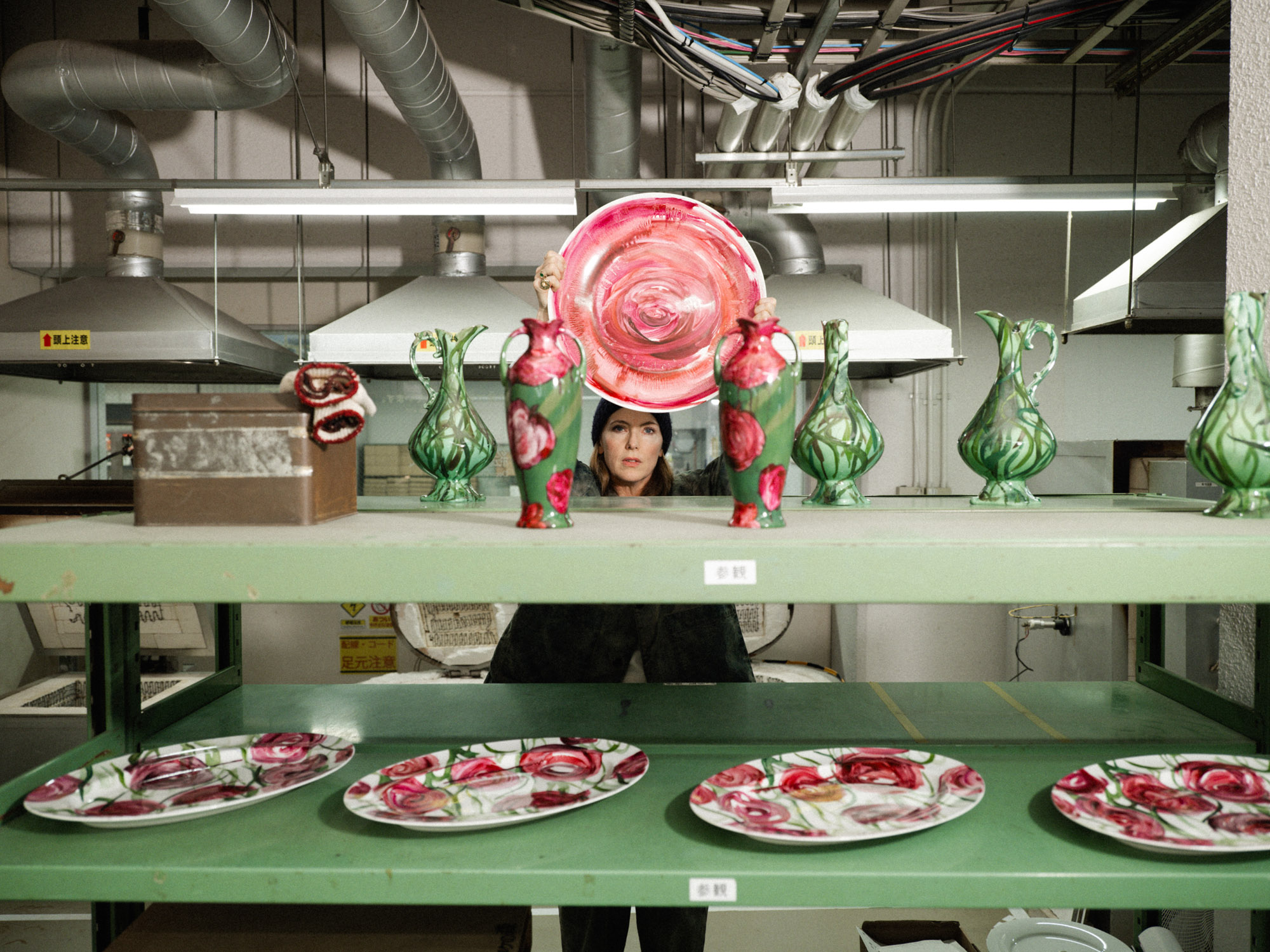 Faye Toogood comes up roses at Milan Design Week 2025
Faye Toogood comes up roses at Milan Design Week 2025Japanese ceramics specialist Noritake’s design collection blossoms with a bold floral series by Faye Toogood
By Danielle Demetriou
-
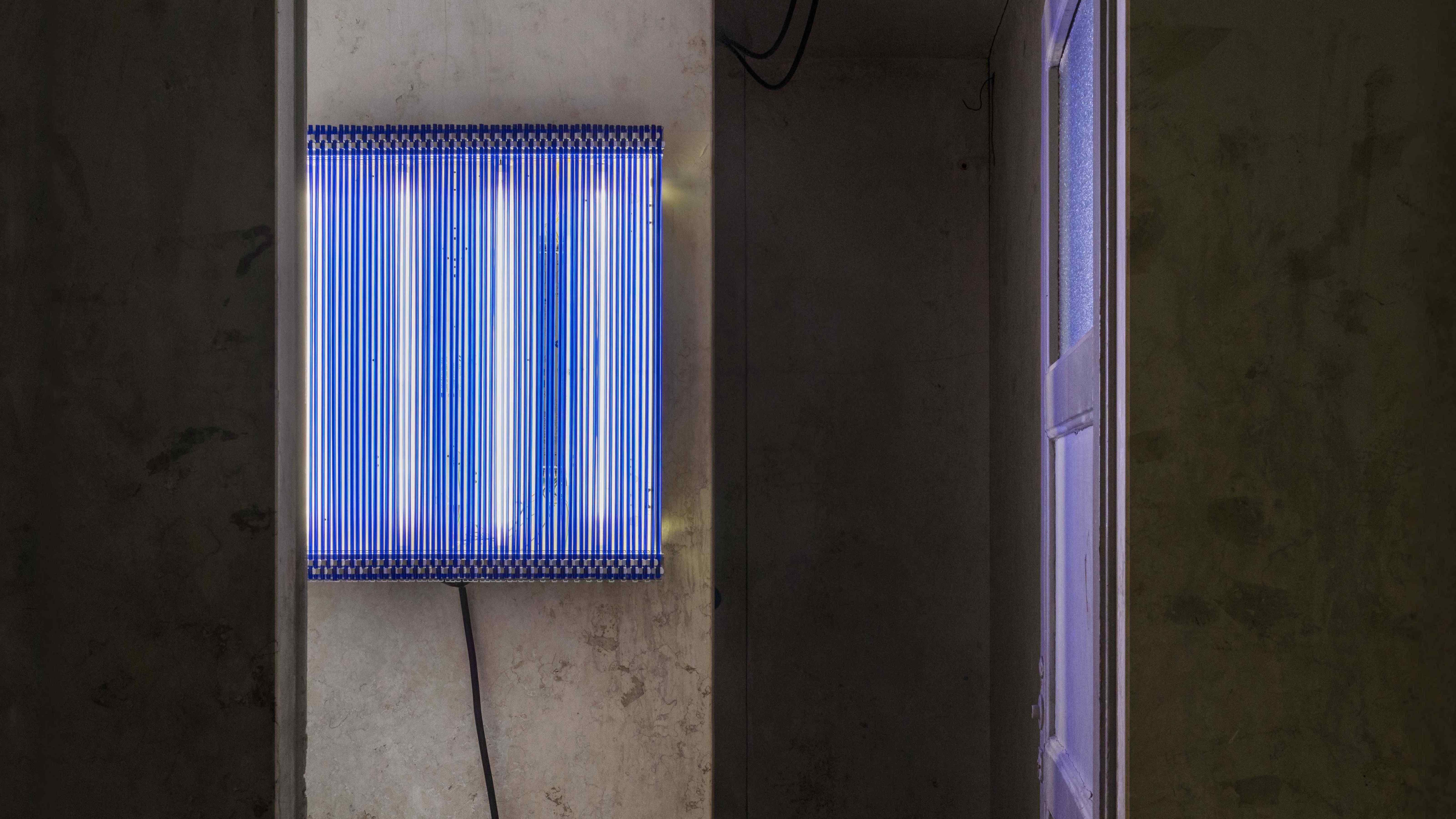 6:AM create a spellbinding Murano glass showcase in Milan’s abandoned public shower stalls
6:AM create a spellbinding Murano glass showcase in Milan’s abandoned public shower stallsWith its first solo exhibition, ‘Two-Fold Silence’, 6:AM unveils an enchanting Murano glass installation beneath Piscina Cozzi
By Ali Morris
-
 Dimoremilano and Loro Piana channel 1970s cinema in decadent Milan display
Dimoremilano and Loro Piana channel 1970s cinema in decadent Milan displayAt Milan Design Week 2025, Dimorestudio has directed and staged an immersive, film-inspired installation to present new furniture and decor for Loro Piana
By Dan Howarth
-
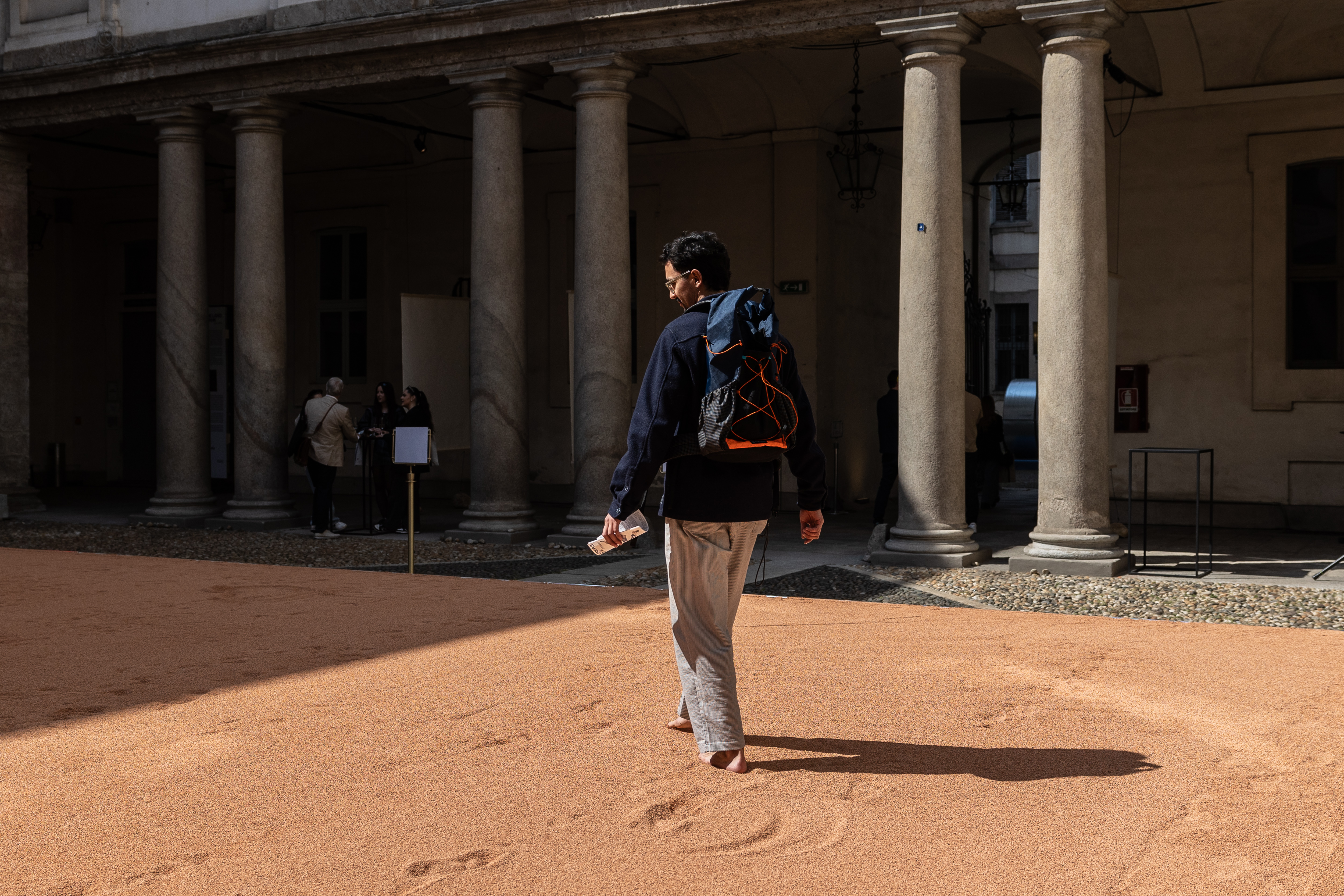 In Milan, MoscaPartners presents a poetic exploration of ‘migration’
In Milan, MoscaPartners presents a poetic exploration of ‘migration’Alongside immersive work by Byoung Cho, MoscaPartners’ Milan Design Week 2025 display features an accessible exhibition path designed for visually impaired visitors
By Cristina Kiran Piotti
-
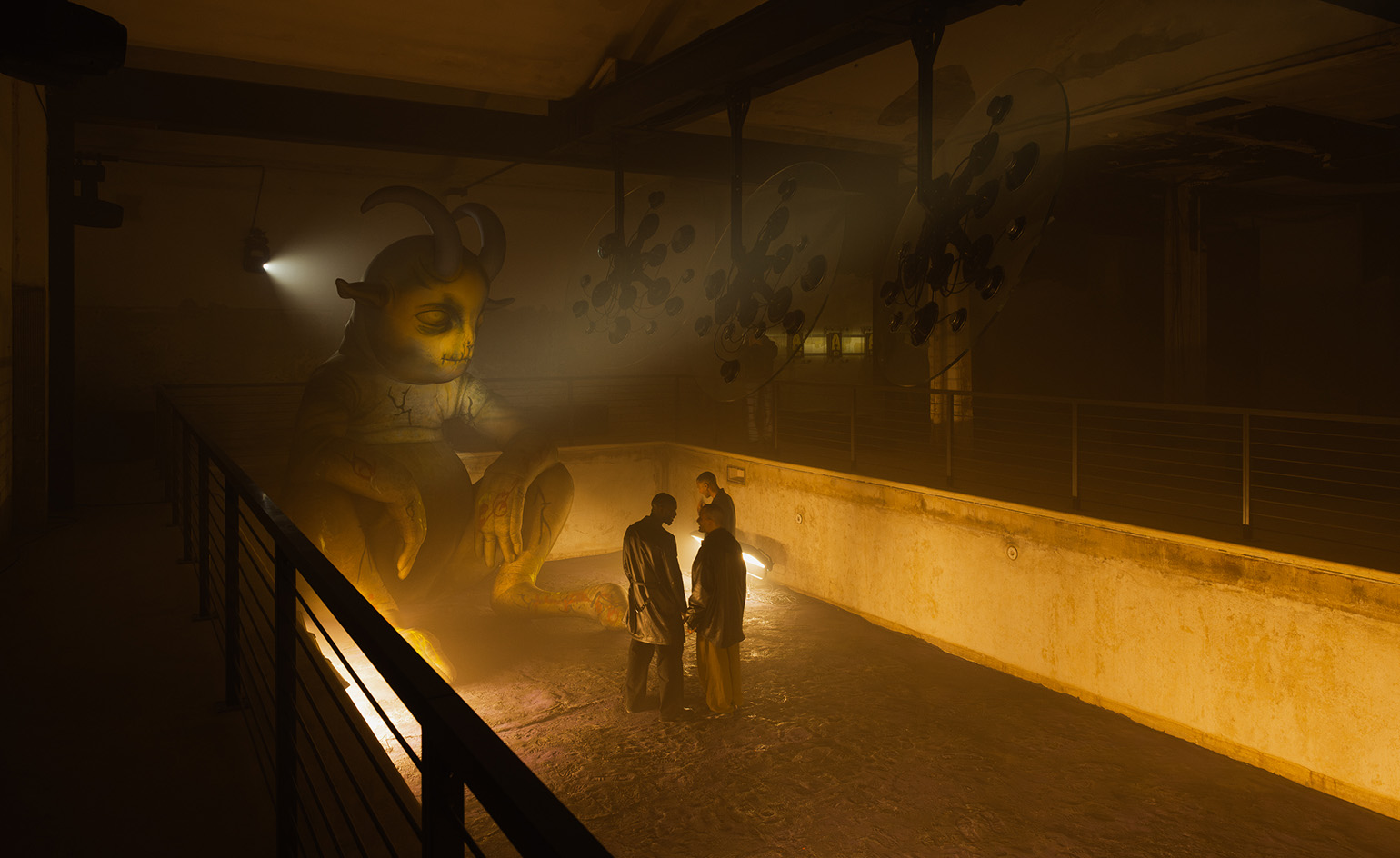 The making of PAN and Nike’s euphoric, club-inspired collaboration at Milan Design Week
The making of PAN and Nike’s euphoric, club-inspired collaboration at Milan Design WeekAlongside a new Air Max 180 release, ‘The Suspended Hour’ display sees Berlin record label PAN imagine the unfolding of a club night, from dusk until dawn
By Craig McLean